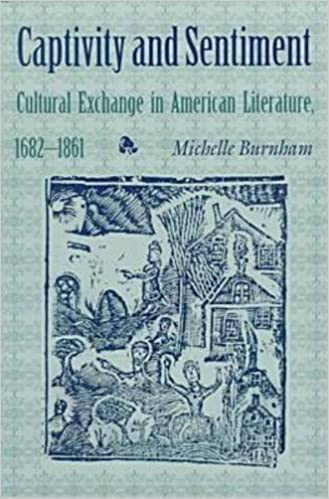
In a radically new interpretation and synthesis of highly popular 18th- and 19th-century genres, Michelle Burnham examines the literature of captivity, and, using Homi Bhabha’s concept of interstitiality as a base, provides a valuable redescription of the ambivalent origins of the US national narrative. Stories of colonial captives, sentimental heroines, or fugitive slaves embody a “binary division between captive and captor that is based on cultural, national, or racial difference,” but they also transcend these pre-existing antagonistic dichotomies by creating a new social space, and herein lies their emotional power. Beginning from a simple question on why captivity, particularly that of women, so often inspires a sentimental response, Burnham examines how these narratives elicit both sympathy and pleasure. The texts carry such great emotional impact precisely because they “traverse those very cultural, national, and racial boundaries that they seem so indelibly to inscribe. Captivity literature, like its heroines, constantly negotiates zones of contact,” and crossing those borders reveals new cultural paradigms to the captive and, ultimately, the reader.

















